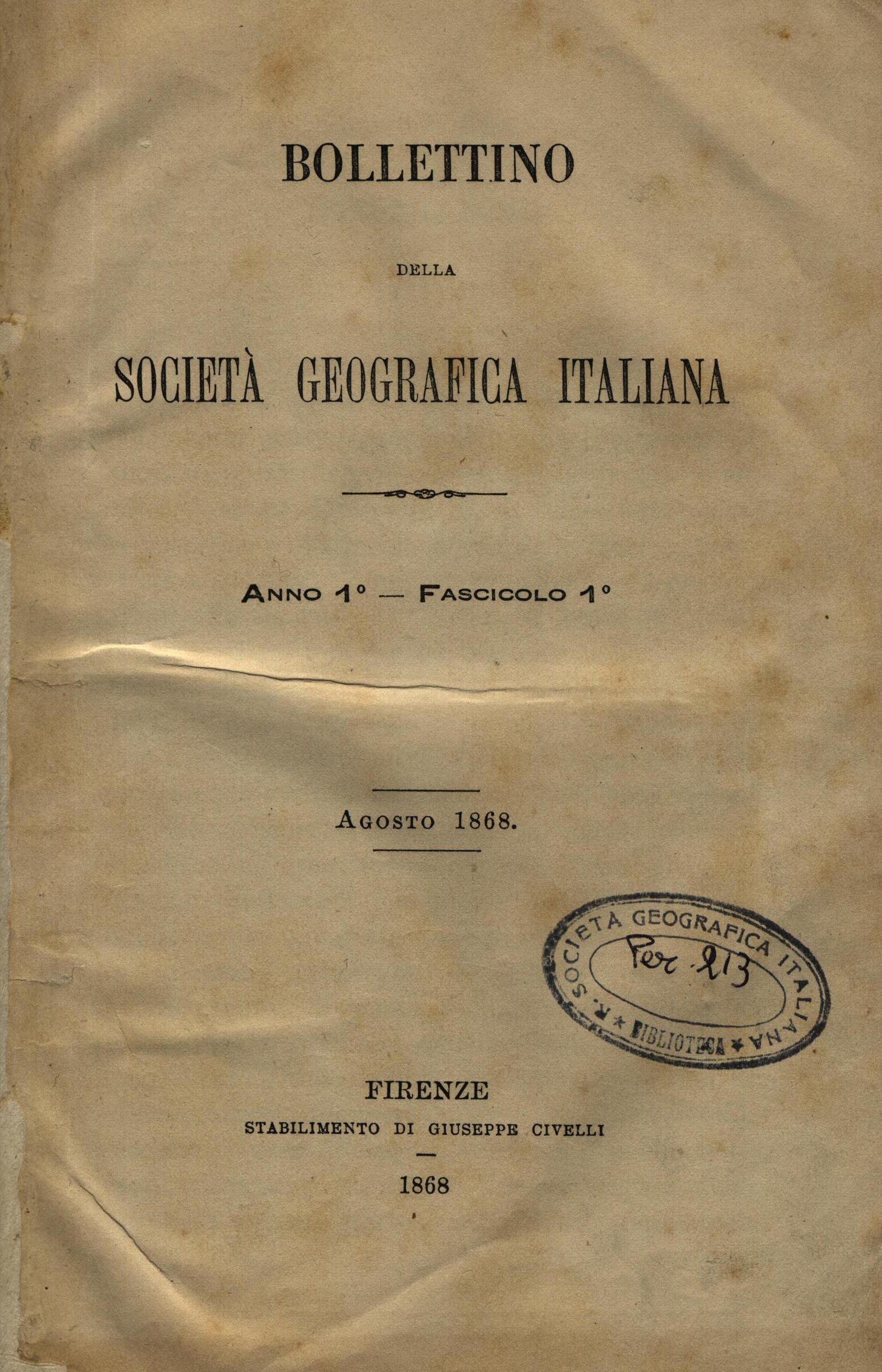The former railway Ostiglia-Treviso: analysis of a forest and greenway on the rails
DOI:
https://doi.org/10.36253/bsgi-1623Keywords:
forest, railway, Ostiglia-Treviso, ecological corridor, greenwayAbstract
The Ostiglia-Treviso railway opened in different segments between 1925 and 1941 and closed in different segments between 1945 and 1987. The railway corridor was converted, in part, into a pedestrian-bicycle path from 2005. In addition to the transformation of a part of the former railway into a pedestrian-bicycle path, the route experienced other dynamics, including transformation into agricultural land, conversion into roads and cart tracks and abandonment. This research studied the dense vegetation originated after the abandonment of the rails, focusing on the spatial analysis of the polygon of tree cover in their historical-cultural and naturalistic contexts. A GIS database was created of all the vegetated polygons along the entire route of the former railway. Analysis of this data provided quantitative information that was compared with the FAO definition of a forest. The result of this analysis suggests that the vegetation cover along the former Ostiglia-Treviso railway is now a “series of forests”. Furthermore, its linear form works as a link between naturalistic and cultural features typical of the territory, making it both an ecological corridor and a potential greenway in its total length.
Metrics
Downloads
Published
How to Cite
Issue
Section
License
Copyright (c) 2022 Silvia Elena Piovan

This work is licensed under a Creative Commons Attribution 4.0 International License.









